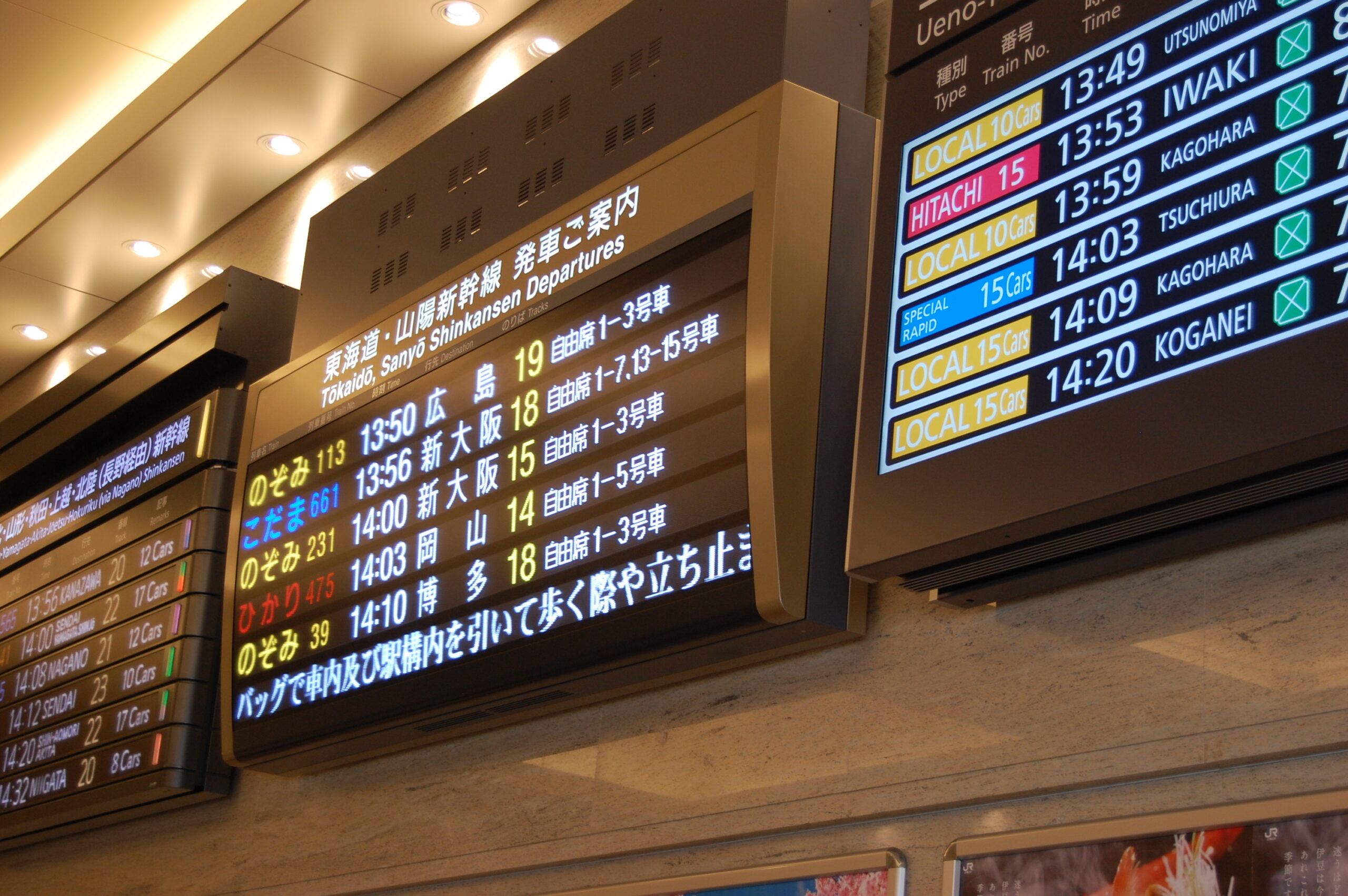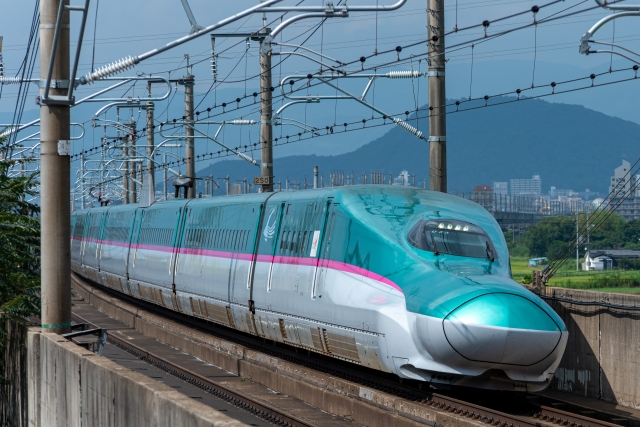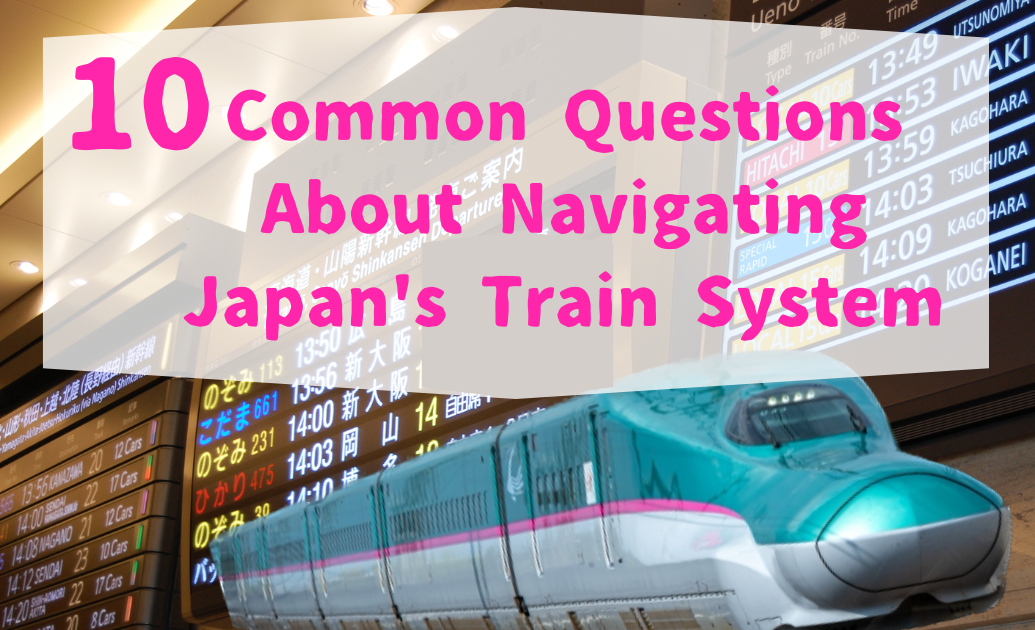Japan’s train network is famous worldwide for its punctuality, cleanliness, and convenience. Yet for many visitors, it can feel incredibly confusing — especially in big cities like Tokyo and Osaka, where countless lines and operators intertwine.
As someone who grew up in Tokyo and worked in the railway industry, I understand why first-time travelers might feel lost. But this complexity is actually the flip side of Japan’s railway excellence — it’s the most advanced and efficient system in the world.
In this guide, I’ll answer 10 common questions travelers have about Japan’s trains, from understanding JR lines to choosing between Green Cars and Gran Class.
1. What Are the Different Types of Railways in Japan?
Japan’s railways can be divided into three main types: JR lines, private railways, and subways.
JR (Japan Railways):
Originally operated by the government, the Japan National Railways were privatized in 1987 and divided into six regional JR companies. JR operates intercity lines, local commuter trains, and the world-famous Shinkansen (bullet trains).
Private Railways:
These are lines operated by independent companies (not JR). They usually serve specific regions and are especially common in metropolitan areas. Examples include Odakyu, Keio, and Hankyu lines.
Subways:
Japan’s largest cities operate extensive subway systems. In Tokyo, for example, there are two operators — Tokyo Metro and Toei Subway, managed by the Tokyo Metropolitan Government.
2. Are There Other Types of Trains Besides the Shinkansen and Local Trains?
Yes. In addition to local trains and the Shinkansen, Japan has limited express trains that travel long distances quickly but stop less frequently.
When riding the Shinkansen or a limited express, you’ll need two tickets:
- A basic fare ticket (for distance traveled)
- An express ticket (for speed and seat type)
3. How Can You Tell the Difference Between JR and Other Lines?
When checking routes on Google Maps or other navigation apps, pay attention to the line names.
If the line starts with the letter “J”, it’s part of the JR network.
Remembering this small detail can help simplify Japan’s otherwise complex train map!
4. How Do You Find the Platform Number?

Platform numbers are not printed on tickets.
At major stations like Tokyo Station, check the large electronic display boards showing train names and departure times (e.g., Nozomi 1).
At smaller stations, it’s often easiest to ask station staff directly.
5. Why Are There So Many JR Companies?
Japan Railways consists of six regional companies:
- JR Hokkaido
- JR East
- JR Central (Tokai)
- JR West
- JR Shikoku
- JR Kyushu
Each company manages its own network, ticketing, and online reservations, so discount offers and booking systems may vary by region.
6. What Is the Fastest Shinkansen in Japan?

The Tohoku Shinkansen is currently Japan’s fastest line.
Hop on the Hayabusa or Komachi north of Utsunomiya to experience top speeds of up to 320 km/h (199 mph)!
7. What Are Non-Reserved Seats?
A non-reserved seat means you can board any non-reserved car without a specific seat assignment.
It’s perfect for flexible travelers who don’t want to commit to a schedule — but be prepared to stand during busy times if all seats are taken.
8. What Is a Green Car?
The Green Car is Japan’s equivalent of first class.
It offers wider seats, extra legroom, and a quieter environment, though meals are not included.
The name “Green Car” comes from Japan’s railway history and has become a symbol of comfort and quality travel.
9. What Is Gran Class?
On select Shinkansen routes in eastern Japan, travelers can upgrade to Gran Class, a premium service above the Green Car.
Gran Class offers reclining leather seats, personal attendants, and complimentary meals and drinks — the ultimate luxury experience on rails.
10. Does Japan Still Have Night Trains?
Yes — though most overnight trains have been discontinued, the legendary Sunrise Izumo and Sunrise Seto still operate daily.
Departing Tokyo Station around 10 p.m., the Sunrise Izumo arrives in Shimane Prefecture, while the Sunrise Seto heads to Kagawa Prefecture.
Though the trains are older, they remain a nostalgic and romantic way to travel through Japan overnight.
- 1. What Are the Different Types of Railways in Japan?
- 2. Are There Other Types of Trains Besides the Shinkansen and Local Trains?
- 3. How Can You Tell the Difference Between JR and Other Lines?
- 4. How Do You Find the Platform Number?
- 5. Why Are There So Many JR Companies?
- 6. What Is the Fastest Shinkansen in Japan?
- 7. What Are Non-Reserved Seats?
- 8. What Is a Green Car?
- 9. What Is Gran Class?
- 10. Does Japan Still Have Night Trains?
- Final Thoughts
Final Thoughts
Japan’s train system may look intimidating at first, but once you understand the basics, it becomes a traveler’s best friend.
With punctual departures, clean stations, and extensive coverage, Japan’s railways make exploring the country smooth, fast, and enjoyable.

